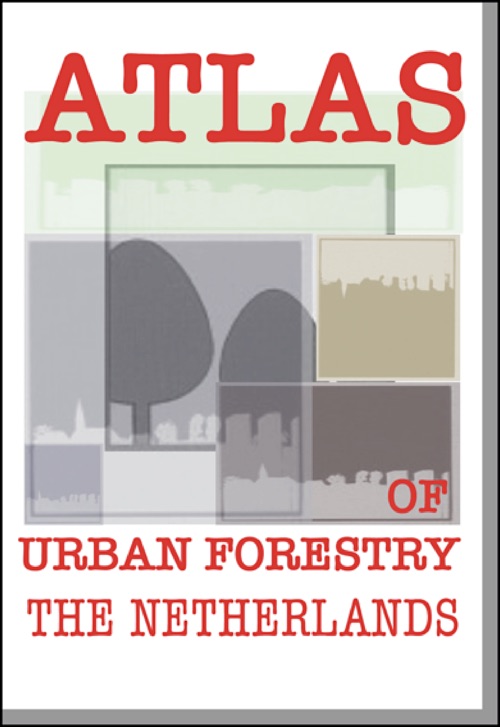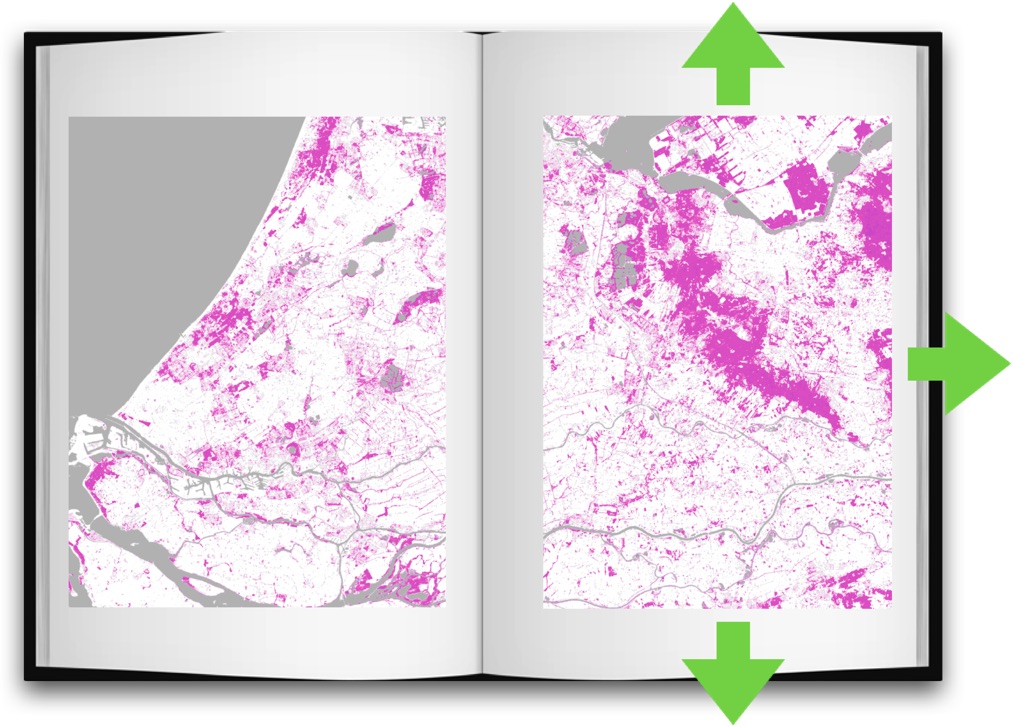Atlas of the Urban Forest: Dutch Lowland Cities
Urban Forestry
Atlas of the Urban Forest: Dutch Lowland Cities
This project elaborates the concept of the urban forest by drawing on the particular dendrological heritage of trees and woodlands in Dutch lowland cities, from the early modern period to the present day. It looks into the various dimensions of this heritage, how this plays out at different scales and in different contexts, and what this heritage can mean for emerging challenges and urban transformations.
The project is structured in four stages:
- Status quo of the ‘body-of-knowledge’ (collation and review of existing studies);
- data collection, documentation & visualisation;
- calculations & simulations;
- dissemination;
Objectives
- elaboration of the dendrological ‘languages’ of Dutch lowland cities: historical developments (‘first words’): species, practises and details (‘vocabulary’); structures and patterns of tree plantings(‘grammar’); wooded features such as forests, parks and gardens (‘sentences’ & ‘stories’); through historical, typological and case study research;
- development of planning and design principals and (generic) models from this heritage;
- investigation of what the planning and design dimensions of this legacy mean/can contribute to contemporary urban challenges;
- development of new models from this legacy to respond to specific challenges such as urban climate (adaptation & mitigation);
- development of models for expanding urban forestry into new urban and peri-urban contexts such as residential expansions, brownfields, industrial & recreational areas;
- attention for this dendrological heritage and its protection and management by municipal, provincial and federal government bodies;
Research questions
- how have trees and woodland been incorporated into urban plans and landscapes at different scales from the early modern period to the present day?
- what role did they play in the environmental, ecological, socio-cultural and economic life of neighbourhoods, districts and cities?
- what differences and similarities exist between cities?
- what does this language offer in terms of contemporary sustainability challenges?
- how does this inform the dimensions of urban forestry as an academic and professional discipline?
Outcomes
- dissemination via an ‘Atlas of the Urban Forest: Dutch Lowland Cities’ documenting the planning and design dimensions of the urban forest in Dutch (lowland) cities;
- a scan of opportunities for - and threats to - this heritage;
- an agenda for further research;

